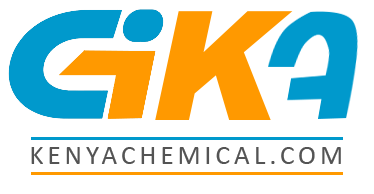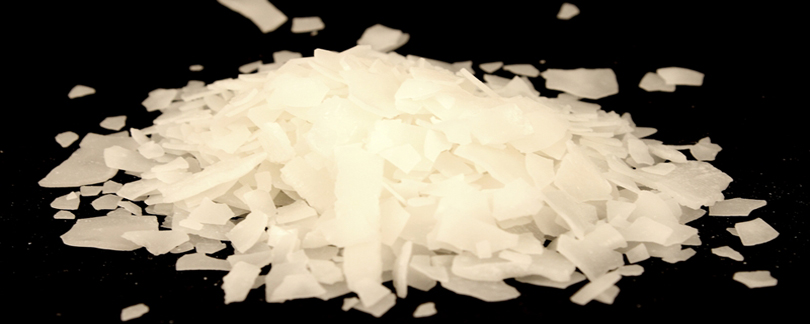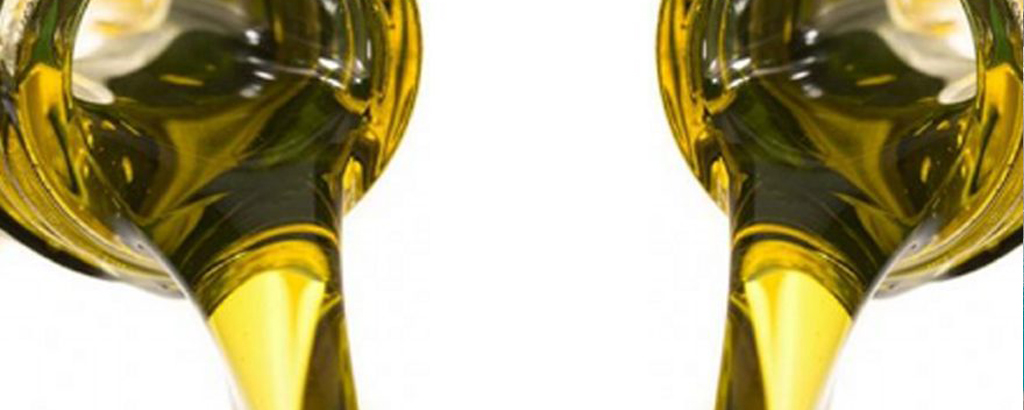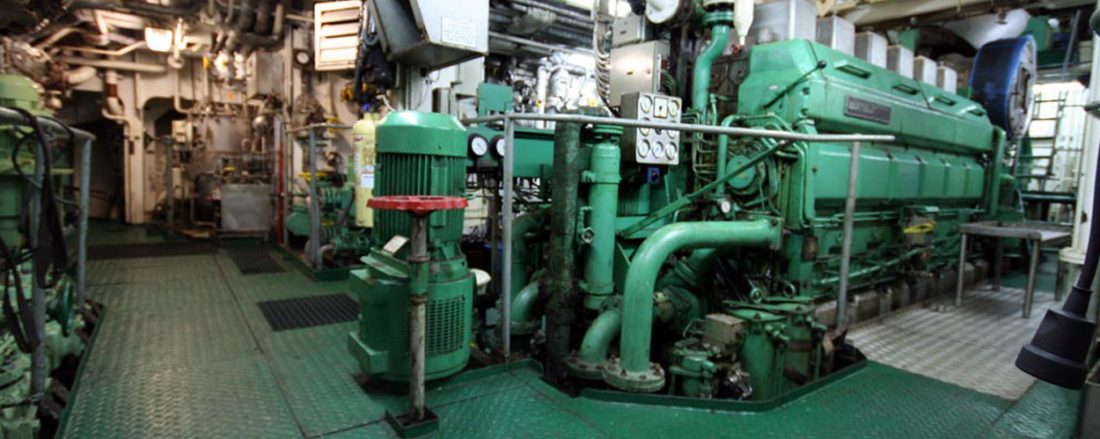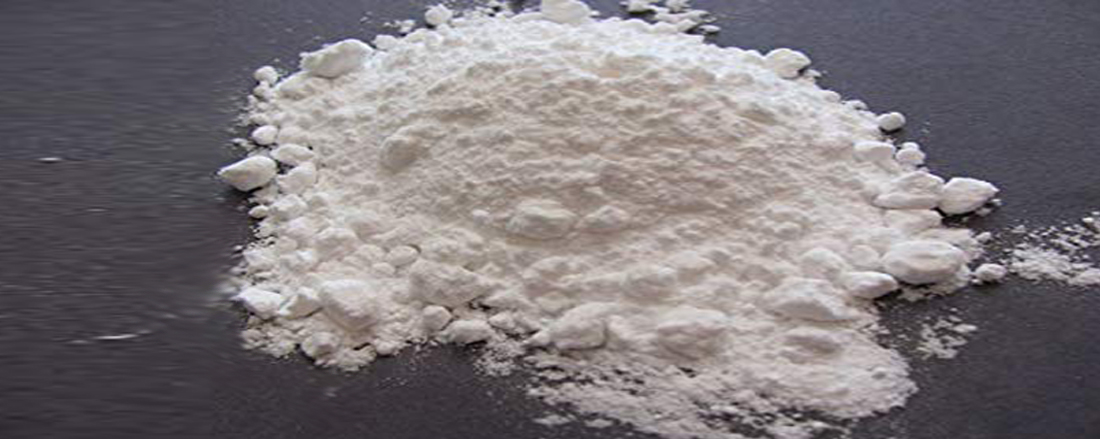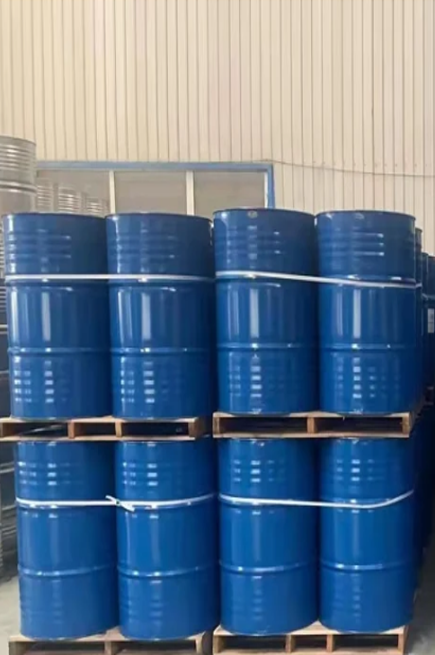Sodium Lauryl Sulfate is an Anionic detergent and surfactant found in many personal care products soaps, shampoos, toothpaste etc.. Very effective foaming agent. We are Manufacturing in INDIA and exporting to global market, Our name is also known as best UAE supplier of sodium lauryl sulfate in all Middle East country.
Our products are supplying maximum UAE manufacturers & Trader suppliers. Choose quality sodium lauryl sulfate with Competitive price available in INDIA and UAE ( Middle East, Gulf )
Sodium Lauryl Sulfate (SLS)
Other Name: Sodium Dodecyl Sulfate
INCI name: Sodium Lauryl Sulfate
CAS No.: 151-21-3
EINECS (EC) No.: 205-788-1
Molecular Formula: ROSO3Na R: C12-14 alkyl
Characteristics:
Excellent decontamination, emulsification, and foaming property. With rich and longstanding foam.
Non-toxic and good biodegradable ability.
By adding other types of additive, its irritation will be ameliorated, degreasing power reduced, hand feeling enhanced.
Sodium Lauryl Sulfate
Sulfuric acid monododecyl ester sodium salt.
Sodium monododecyl sulfate
Sodium Lauryl Sulfate is a mixture of sodium alkyl sulfates consisting chiefly of sodium lauryl sulfate [CH3(CH2)10CH2OSO3Na]. The combined content of sodium chloride and sodium sulfate is not more than 8.0 percent. It contains not less than 85.0% of sodium alkyl sulfates calculated as C12H25NaO4S.
Identification—
A: Place 2.5 g in a silica or platinum crucible, and add 2 mL of 10 N sulfuric acid. Heat on a water bath, then cautiously raise the temperature progressively over an open flame. Ignite, preferably in a muffle furnace, at 600 ± 25 . Continue heating until all black particles have disappeared. Cool, add a few drops of 2 N sulfuric acid, and heat and ignite as above. Add a few drops of 2 M ammonium carbonate, evaporate to dryness, and ignite as above. Cool, dissolve the residue in 50 mL of water, and mix.
To a 2 mL portion of this solution, add 4 mL of Potassium pyroantimonate solution. If necessary, rub the inside of the test tube with a glass rod. A white, crystalline precipitate is formed.
B: Prepare a solution (1 in 10) after acidification with hydrochloric acid and boiling for 20 minutes. No precipitate is formed. Add barium chloride solution; a white precipitate is produced.
C: Dissolve 0.1 g in 10 mL of water and shake. A copious foam is formed.
D: To 0.1 mL of the solution prepared for identification C, add 0.1 mL of a 1 g/L solution of methylene blue and 2 mL of dilute sulfuric acid. Add 2 mL of methylene chloride and shake. An intense blue color develops in the methylene chloride layer.
Alkalinity—Dissolve 1.0 g in 100 mL of water, add phenol red solution, and titrate with 0.10 N hydrochloric acid: not more than 0.5 mL is required for neutralisation.
Sodium chloride—Dissolve about 5 g, accurately weighed, in about 50 mL of water.
Neutralize the solution with dilute nitric acid, if necessary, add exactly 5.0 mL of 0.1 N Sodium Chloride and titrate with 0.1 N Silver Nitrate (indicator: 2 drops of fluorescein sodium solution) to the first appearance of turbidity. Perform a blank determination, and make any necessary correction. Each mL of 0.1 N Silver Nitrate = 5.844 mg of NaCl.
Sodium sulcate— Procedure—Transfer about 1 g of Sodium Lauryl Sulfate, accurately weighed, in 10 mL of water, add 100 mL of alcohol and heat at a temperature just below the boiling point for 2 hours. Filter through a glass filter while hot, and wash with 100 mL of boiling alcohol. Dissolve the precipitate by washing with 150 mL of water, collecting the washings in a beaker. Add 10 mL of dilute hydrochloric acid, heat to boiling, add 25 mL of barium chloride solution and allow to stand overnight. Collect the precipitate and wash with water until the last washing shows no opalescence with 0.1 N Silver Nitrate. Dry the precipitate, ignite to constant mass between 500 and 600 degrees by raising the temperature gradually, and weigh as barium sulfate (BaSO4: 233.39)
Amount (mg) of sodium sulfate (Na2SO4) = amount (mg) of barium sulfate (BaSO4) times 0.6086
Unsulfated alcohols—Dissolve about 10 g, accurately weighed, in 100 mL of water, and add 100 mL of alcohol. Transfer the solution to a separator, and extract with three 50-mL portions of Petroleum Ether. If an emulsion forms, sodium chloride may be added to promote separation of the two layers. Wash the combined Petroleum Ether extracts with three 50-mL portions of water, and dry with anhydrous sodium sulfate. Filter the Petroleum Ether extract into a tared beaker, evaporate on a water bath and dry the residue at 105o for 30 minutes, cool, and weigh. The weight of the residue is not more than 4.0% of the weight of the Sodium Lauryl Sulfate taken.
Assay—Dissolve 1.5 g of Sodium Lauryl Sulfate in water, warming if necessary, and dilute to exactly 1000.0 ml with water. To 10.0 ml of the solution add 25 mL Methylene blue solution (0.003 % w/v), 15 ml of methylene chloride and 20 mL of water. Titrate with 0.004 M benzethonium chloride, shaking vigorously and allowing the layers to separate before each addition, until almost the same blue color of the two layers is obtained.
1 ml of 0.004 M benzethonium chloride is equivalent to 1.154 mg of sodium alkyl sulphates, calculated as C12H25NaO4S.
REAGENTS: Potassium pyroantimonate solution—To 2 g of potassium pyroantimonate add 100 mL of water. Boil the solution for about 5 minutes, cool quickly, and add 10 mL of a solution of potassium hydroxide (3 in 20). Allow to stand for 24 hours, and filter.
Barium Chloride solution—Dissolve 12 g of barium chloride in water to make 100 mL.
Dilute Sulfuric Acid—Cautiously add 57 mL of sulfuric acid to about 100 mL of water, cool to room temperature, and dilute with water to 1000 mL.
Phenol Red solution (Phenolsulfonphthalein TS)—Dissolve 100 mg of phenolsulfonphthalein in 100 mL of alcohol, and filter if necessary.
Dilute Nitric Acid (10 percent HNO3) —Dilute 105 mL of nitric acid with water to 1000 mL.
Dilute Hydrochloric Acid (10 percent) —Prepare by mixing 226 mL of hydrochloric acid with sufficient water to make 1000 mL.
Fluorescein sodium solution—Dissolve 0.2 g of fluorescein sodium in water to make 100 mL
Methylene blue solution—Dissolve 0.003g of methylene blue, 5.0g of anhydrous sodium sulfate and 1.2g of sulfuric acid in 100 mL of water. Anhydrous sodium sulfate is the emulsion breaker.
